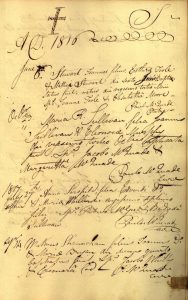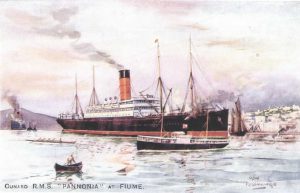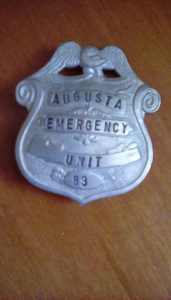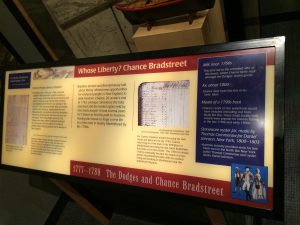“Our dead are never dead to us, until we have forgotten them.” – George Eliot
 My love of family history came from my grandmother. Growing up, I recall asking a lot of genealogical questions that most of my family couldn’t even begin to answer – except, of course, for Grandma Record. She had the gift of recall, and could summon a second cousin’s birth date as easily as she recalled (by rote) the names of the streets in the small town where she grew up – sixty years later. Indeed it was my grandmother who kept what records we “Records” did keep – when we kept any at all. Continue reading Forgotten lines
My love of family history came from my grandmother. Growing up, I recall asking a lot of genealogical questions that most of my family couldn’t even begin to answer – except, of course, for Grandma Record. She had the gift of recall, and could summon a second cousin’s birth date as easily as she recalled (by rote) the names of the streets in the small town where she grew up – sixty years later. Indeed it was my grandmother who kept what records we “Records” did keep – when we kept any at all. Continue reading Forgotten lines








